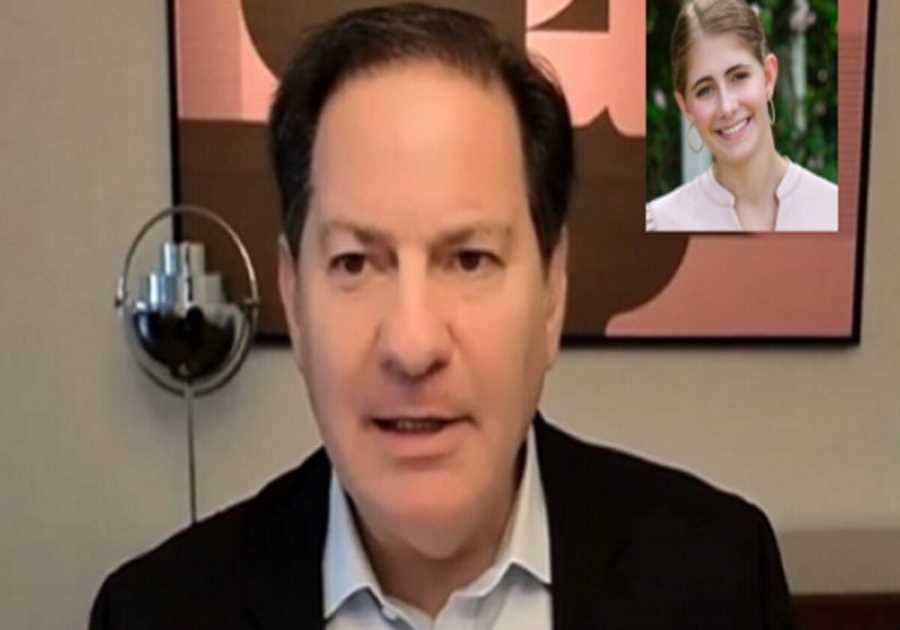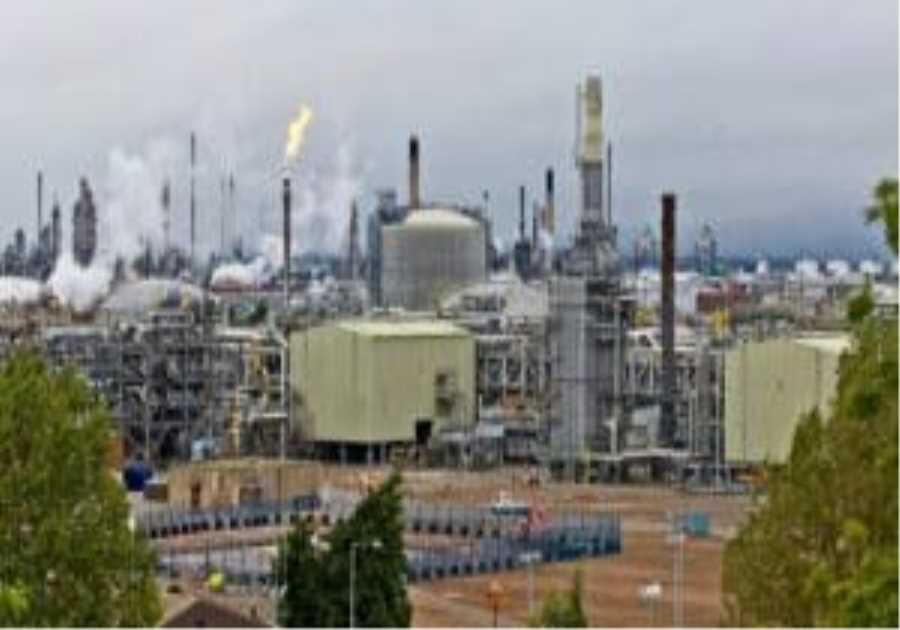ullstein bild Dtl./Getty Images
- Lise Meitner identified the process of fission when her male colleagues couldn't figure it out.
- Her closest colleague, Otto Hahn, downplayed the significant role she played in the discovery.
- In 1944, Hahn won a Nobel prize for the discovery. Meitner was nominated but didn't win.
The discovery of nuclear fission was one of the greatest scientific milestones of the 20th century. It led to the atomic bomb, nuclear power, and a Nobel Prize in 1944 for German chemist Otto Hahn.
But Lise Meitner, Hahn's longtime colleague and collaborator who actually identified and scientifically explained the process of nuclear fission, was nominated for a Nobel that same year but didn't win.
"Every physicist knew that that was her work and she deserved that prize," Marissa Moss, a biographer of Meitner's, told Business Insider, adding that she thinks the reason Meitner was overlooked was a matter of sexism and antisemitism.
"I think it's very easy to sideline a Jewish woman," Moss said.
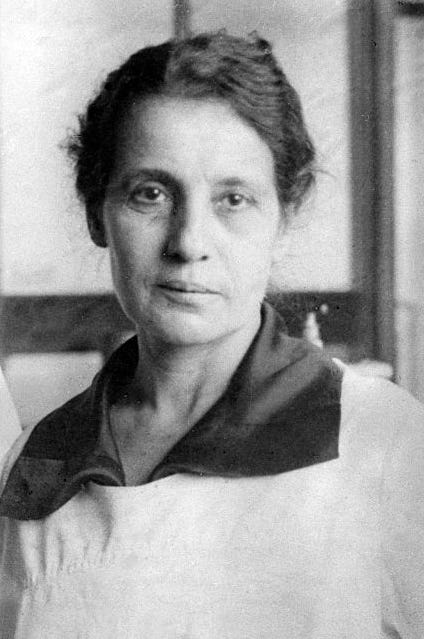
ullstein bild Dtl./Getty Images
Meitner was well respected by other physicists — Einstein called her "our Marie Curie" — comparing her to the trail-blazing, two-time Nobel Prize winner.
Over the course of her career, Meitner was nominated for a Nobel Prize 49 times without winning, but the 1944 award stands as the most glaring oversight in her brilliant career.
Meitner had to flee Nazi Germany
Meitner, who was Jewish and born in Austria, was the first female professor of physics in Germany.
She led the radiophysics division at the Kaiser Wilhelm Institute in Berlin. Hahn was head of radiochemistry and would later become director of the institute. They often collaborated over the years, including co-discovering the element protactinium in the late 1910s.
In the 1930s, their work together continued with the investigation of transuranic elements. The idea was that bombarding uranium with neutrons could produce new, heavier elements called transuranics.
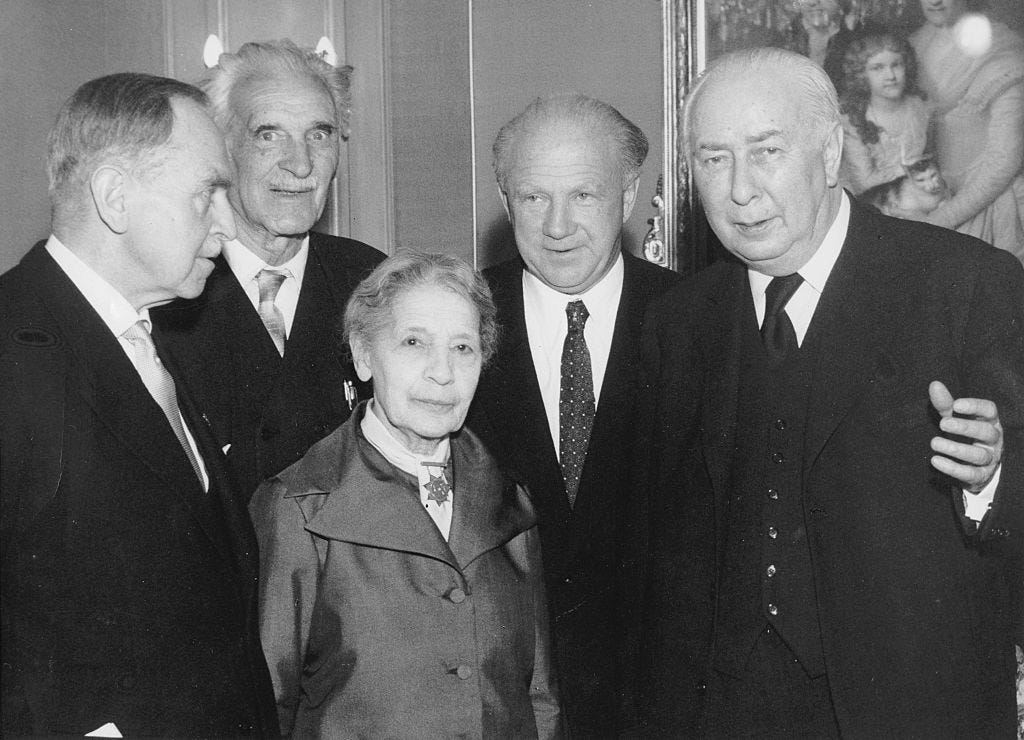
ullstein bild Dtl./Getty Images
But as Hitler came to power, Meitner's position became tenuous; she lost her professorship in 1933, and was only allowed to stay in Berlin due to her Austrian citizenship. After Germany's annexation of Austria in 1938, Meitner fled to Sweden.
"All of her Jewish colleagues left years before she did. She just clung on because she had a community, and she could do work," Moss said.
Meitner, exiled in Sweden, maintained correspondence with Hahn. At the urging of Meitner, he and chemist Fritz Strassman continued their experiments with uranium. Then, in December 1938, she received a letter from Hahn detailing a puzzling experimental result.
Hahn had discovered fission but wasn't sure about it
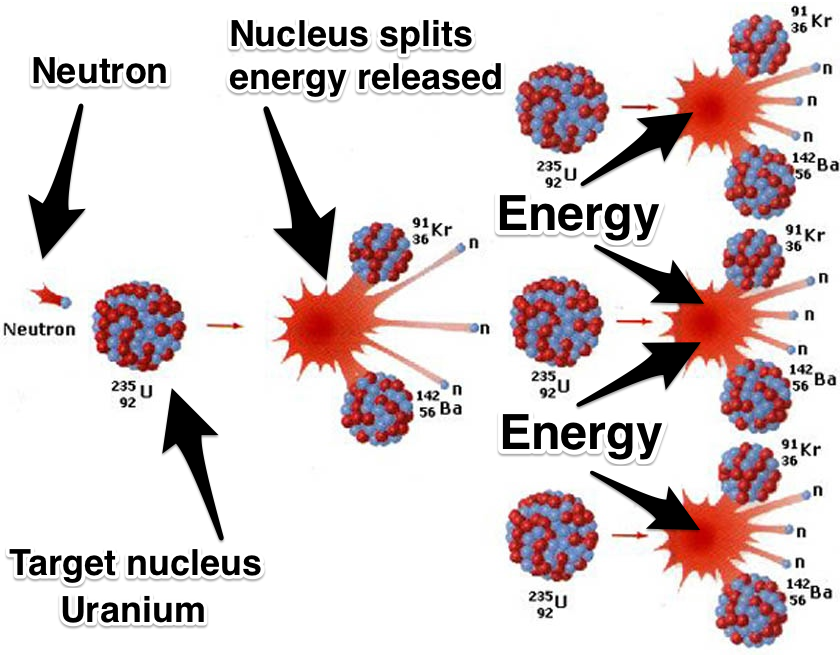
Screen grab/Amanda Macias/Business Insider
Hahn's letter detailed that their experiments with bombarding uranium with neutrons seemed to be producing barium as a product. This result didn't have a ready explanation as barium is a much lighter element than uranium, and the scientists were expecting to produce heavier elements, not lighter ones.
Hahn wrote to Meitner: "Perhaps you can come up with some sort of fantastic explanation. We know ourselves that it can't actually break apart into Ba."
Before Meitner could respond, Hahn and Strassman published their results, but with no explanation for what they thought was occurring — and their paper made no mention of Meitner's role in the experiments.
"You have to understand he really couldn't mention Meitner because he couldn't be seen to be working with a Jew," Moss said. "He was already writing letters to her complaining about having worked with her tarnishing his reputation at the institute. At big institute dinners, he was seated at lesser tables, he wasn't getting the accolades he deserved, because he was working with a Jew and that wasn't a good thing."
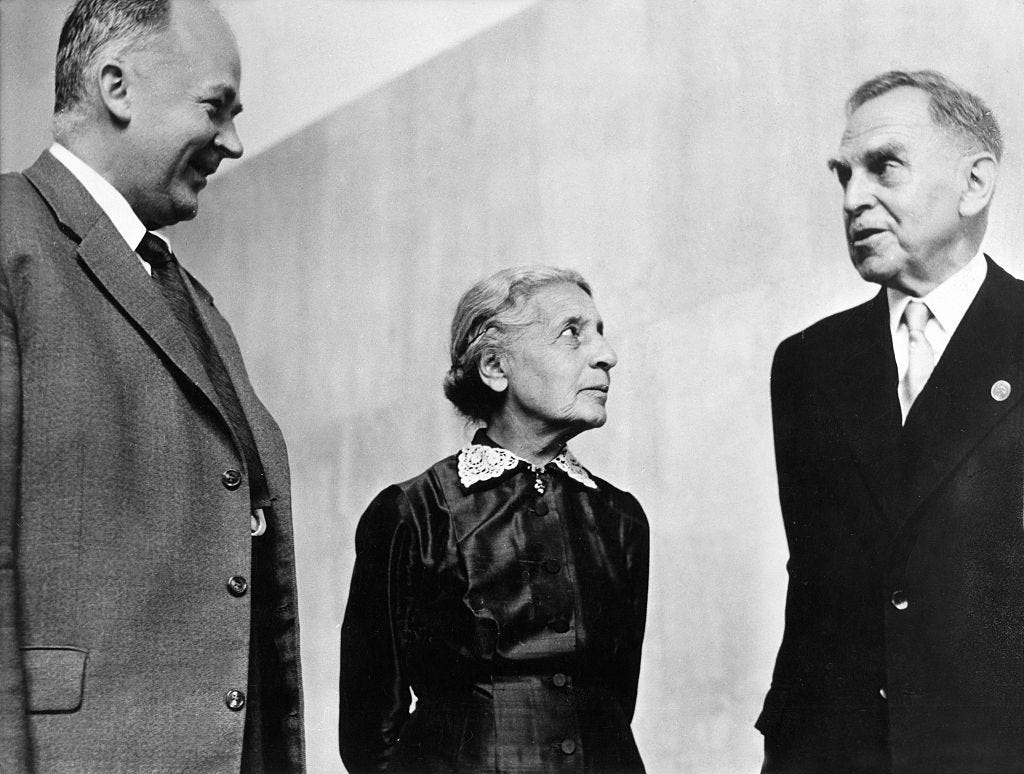
ullstein bild Dtl./Getty Images
Meitner kept pondering Hahn's findings and, while discussing it with her nephew, physicist Otto Frisch, came to the idea that if an atomic nucleus is imagined as a liquid drop, perhaps energetic neutrons could actually separate the uranium nucleus into different parts and produce lighter elements — the process of nuclear fission.
Meitner used Einstein's famous equation E=mc^2 to mathematically explain the reaction: The atoms produced after uranium split apart weighed slightly less than the original uranium atoms — and the missing mass had transformed into pure energy.
In February 1939, Meitner and Frisch published their paper on fission in the scientific journal Nature, just a month after Hahn's paper.
Overlooked for the Nobel Prize
Hahn was awarded the 1944 Nobel Prize in chemistry for the discovery of nuclear fission. Meitner was nominated in the physics category, but didn't win despite her crucial role in verifying and explaining the discovery. Strassman and Frisch were also overlooked for a Nobel.
An analysis of the Nobel committee's records published in Physics Today concluded that one reason Meitner was overlooked was "a general failure of the evaluation committees to appreciate the extent to which German persecution of Jews skewed the published scientific record."
Since 1901 more than 621 Nobel Prizes have been awarded in the fields of physics, chemistry, medicine, literature, peace, and economic sciences. Of those 621 awards, just 65 have gone to women — about 10%.
More than two decades later, in 1966, Meitner, Strassmann, and Hahn were all awarded the Enrico Fermi Prize for their discovery.
But Hahn had spent many years downplaying Meitner's role. She was referred to as his mitarbeiterin in the German press and in a museum display of the apparatus used to detect fission — a word that "can be interpreted as assistant," Moss said.
Hahn did nothing to dispel the notion that Meitner played a minor role in the discovery.
"She was very hurt by that," Moss said.
Read More
By: [email protected] (Adam Barnes)
Title: Lise Meitner helped discover nuclear fission but never won a Nobel Prize for her brilliance despite 49 nominations
Sourced From: www.businessinsider.com/lise-meitner-discovered-nuclear-fission-nominated-nobel-prize-never-won-2024-1
Published Date: Sun, 28 Jan 2024 11:28:02 +0000
.png)

